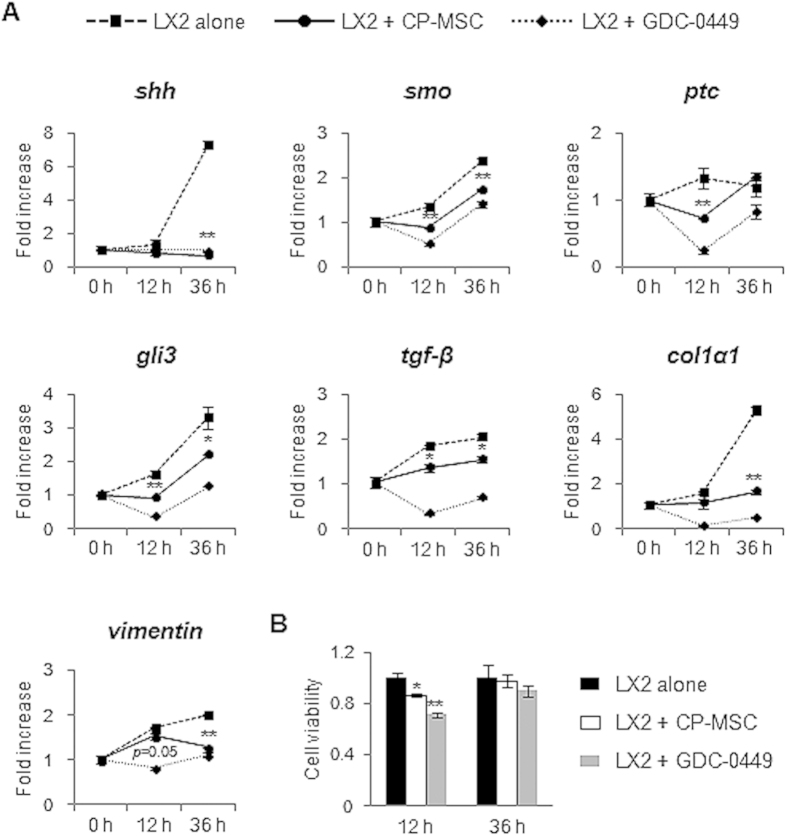Figure 4. CP-MSCs suppress activation of hedgehog signaling and expression of profibrotic genes, and reduce cell viability of LX2.
(A) QRT-PCR of the expression of Hh signals, including shh, smo, ptc, and gli3, and profibrotic genes, including tgf-β, col1α1, and vimentin, in LX2 mono-culture (alone, broken line), co-cultured LX2 with CP-MSCs (CP-MSC, solid line), and an LX2 mono-culture treated with 1 μM GDC-0449, an Smo antagonist (GDC-0449, dotted line), for 12 hours or 36 hours. The treatment time point was indicated as zero time. The level of gene expression in LX2 treated as above was shown as fold increase or decrease compared to that in fully activated LX2 at 48 hour (Supplementary Fig. S6). The mean ± SEM results obtained from three repetitive experiments are graphed (*p < 0.05, **p < 0.005 vs. mono-culture). (B) Cell number (growth) of mono-cultured LX2, co-cultured LX2 with CP-MSCs, and mono-cultured LX2 treated with 1 μM GDC-0449 for 12 or 36 hours was analyzed using the PrestoBlue™ assay. The mean ± SEM results obtained from three repetitive experiments are graphed (*p < 0.05, **p < 0.005 vs. mono-culture).

